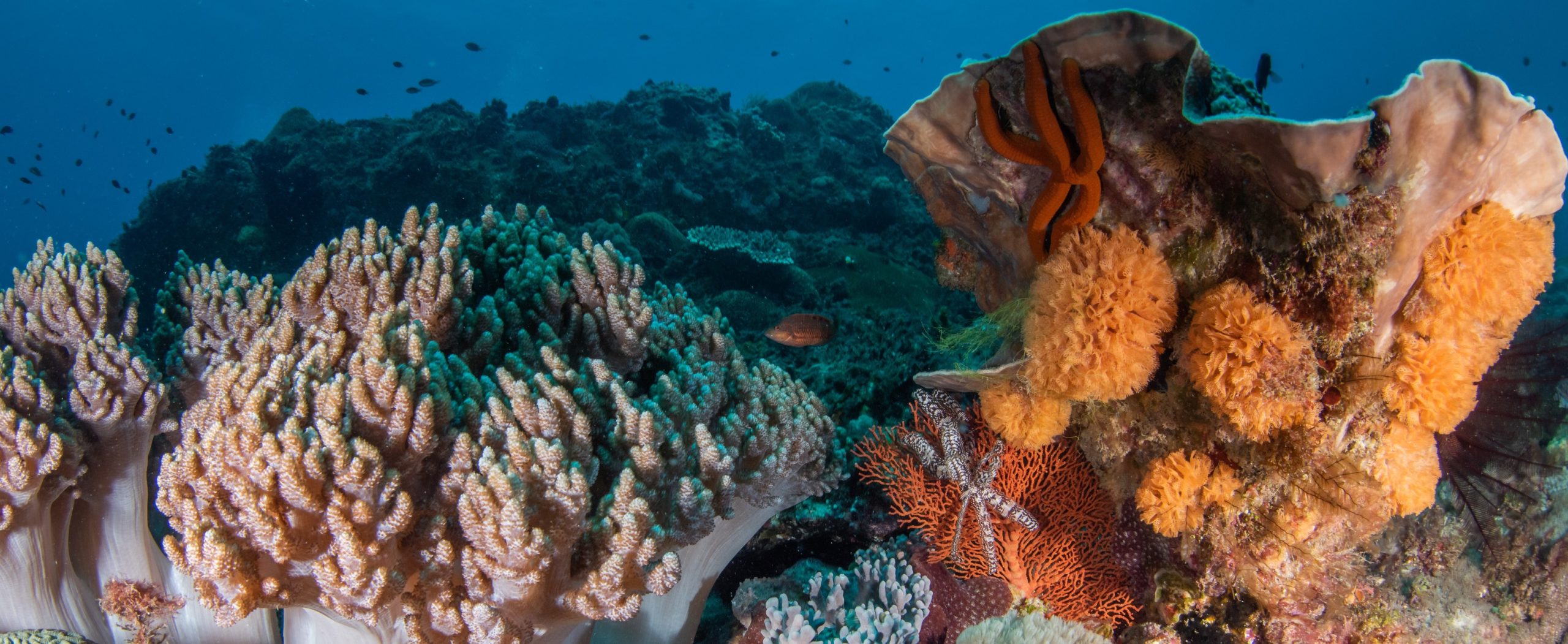Tasmanian reef communities within ‘‘no-take’’ marine protected areas (MPAs) exhibited direct and indirect ecological changes that increasingly manifested over 16 years, eventually transforming into communities not otherwise present in the regional seascape. Data from 14 temperate and subtropical Australian MPAs further demonstrated that ecological changes continue to develop in MPAs over at least two decades, probably much longer. The continent-scale study additionally showed recently established MPAs to be consistently located at sites with low resource value relative to adjacent fished reference areas. This outcome was presumably generated by sociopolitical pressures and planning processes that aim to systematically avoid locations with valuable resources, potentially compromising biodiversity conservation goals. Locations that were formerly highly fished are needed within MPA networks if the networks are to achieve conservation aims associated with (1) safeguarding all regional habitat types, (2) protecting threatened habitats and species, and (3) providing appropriate reference benchmarks for assessing impacts of fishing. Because of long time lags, the ubiquity of fishing impacts, and the relatively recent establishment of MPAs, the full impact of fishing on coastal reefs has yet to be empirically assessed.
